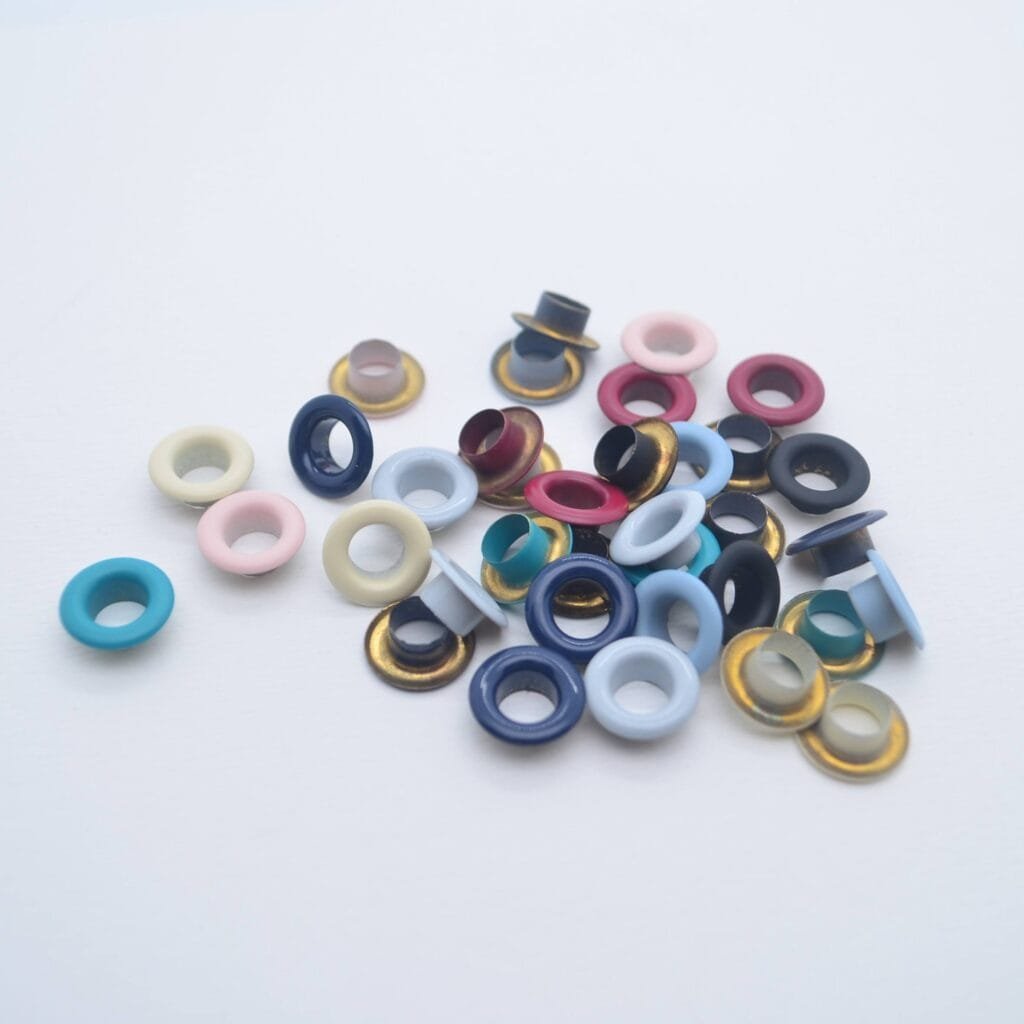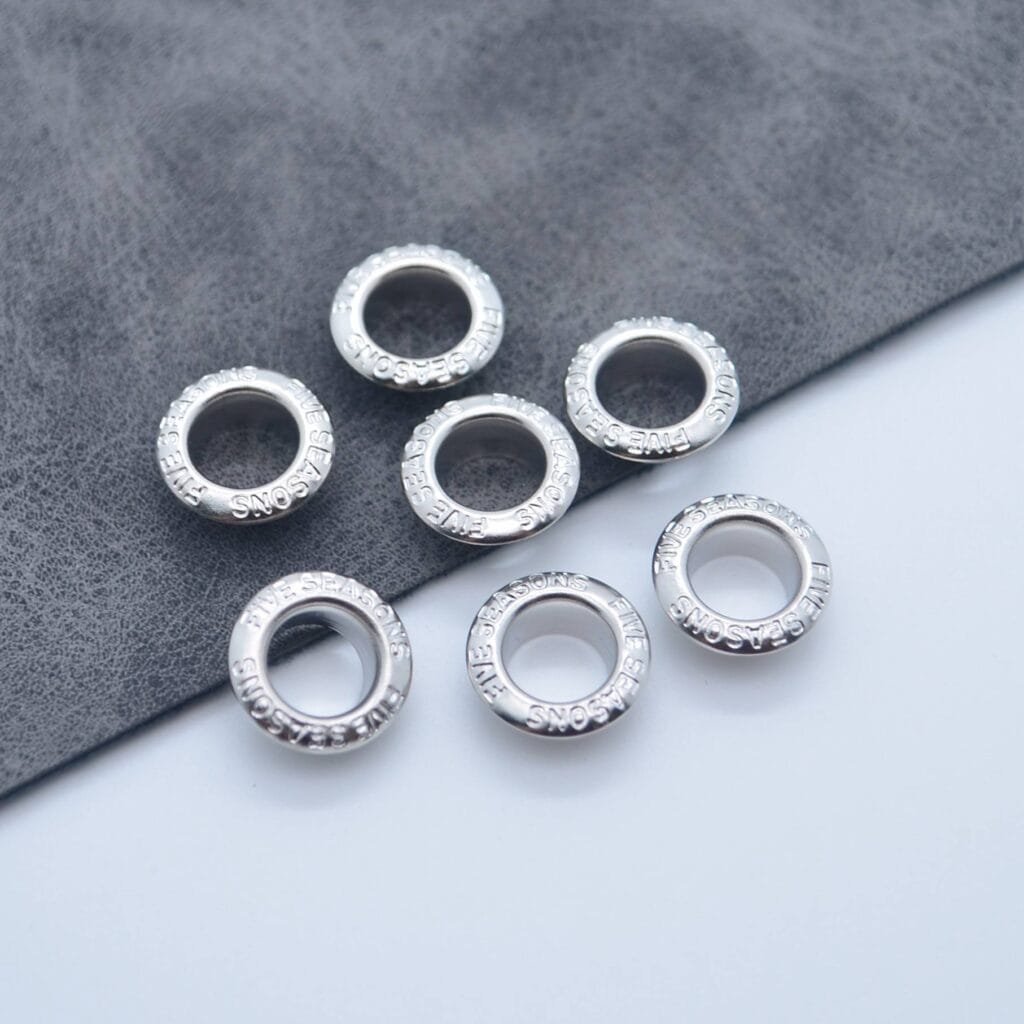History
The Earliest Rivets Were Small Pegs Made Of Wood Or Bone, And The Earliest Metal Morphs Were Probably The Ancestors Of The Rivets We Know Today. They Are, Without A Doubt, The Oldest Known Method Of Joining Metals, Going Back As Far As The Earliest Use Of Malleable Metals, Such As The Bronze Age Egyptians Who Riveted Together The Six Wooden Fan Shapes On The Outside Of A Slotted Wheel, Or The Greeks Who Riveted The Parts Together After Successfully Casting Large Statues In Bronze.
The Hollow Rivet Was Mostly Invented For The Manufacture Or Maintenance Of Harness Equipment. It Is Not Quite Clear When The Hollow Rivet Was Invented, But Harness Was Invented In The 9th Or 10th Century. Like Studded Hooves, Riveted Harness Freed Slaves From Heavy Labor, And Rivets Led To Many Important Inventions, Such As Iron Pliers For Copper And Iron Workers And Shearers For Grazing Wool.
When H.v. White Of The British Aircraft Company First Patented Blind Rivets That Could Be Riveted Single-sided In 1916, It Was Hardly Expected That They Would Become So Widely Used Today. From Aerospace To Office Machines, Electronic Products And Playground Equipment, It Can Be Said That The Blind Rivets Have Become An Effective And Stable Mechanical Connection Method.

In Recent Years, Ultra-low Carbon Deep Drawing Steel Has Been Widely Used In Mechanical Engineering Manufacturing And Toy Production Because Of Its Characteristics Of High Purity Of Steel, Small Cold Working Hardening, Good Deep Drawing Formability, High Toughness, Wear Resistance And Good Safety.
The Basic Process Of Manufacturing Hollow Rivet Is As Follows: Disc Material – Pickling, Phosphating, Saponification, Drying – Cold Drawing – Recrystallization Annealing – Fine Drawing – Extrusion Molding On Multi-station Cold Heading Machine (including Cutting, Upsetting And Hollowing) – Surface Nickel Plating Or Galvanizing – “scratching” Test – Packaging And Storage. In The “flaring” Test (that Is, The Test Simulating The Riveting Condition Of Hollow Rivet), The Hollow Part Of The Rivet Is Compressed To Produce Expansion And Flanging. The Flanging Process Is Similar To The Reaming And Flanging Molding Process Of Thin Plate. The Outer Edge Of The Hollow Part Has The Largest Force And Deformation, So The Molding Performance Of The Material Is Very High. When Flanging, Flanging Cracks, Upsetting And Other Defects Are Sometimes Produced.
(1) There Are Five Types Of Defects In Cold Heading Forming Of Ultra-low Carbon Steel Rivet: Upsetting Crack, Flanging Crack, Down Upsetting, Slip Crack And Incomplete Flanging.
(2) The Production Process Should Mainly Control The Low Billet Heating Temperature (1150 ~ 1 200 ℃) And Strictly Control The Wire Spinning Temperature Of The Wire Rod At 910 ~ 930 ℃, So That The Finished Wire Rod Has A Moderate Grain Size, Grade 6 ~ 6.5 Is Appropriate; Improve The Surface Quality Of Wire Rod.
(3) In Terms Of The Use Of Materials, The Cold Heading Forming Performance Of Materials Should Be Improved By Adjusting The Drawing Deformation And Adopting The Corresponding Annealing Process In The Appropriate Process, So As To Reduce Or Eliminate The Cold Heading Forming Defects Such As Flanging Cracking, Down Upsetting And Incomplete Flanging.


